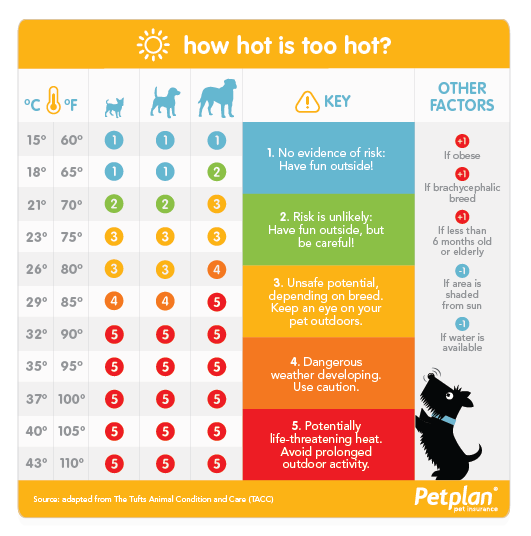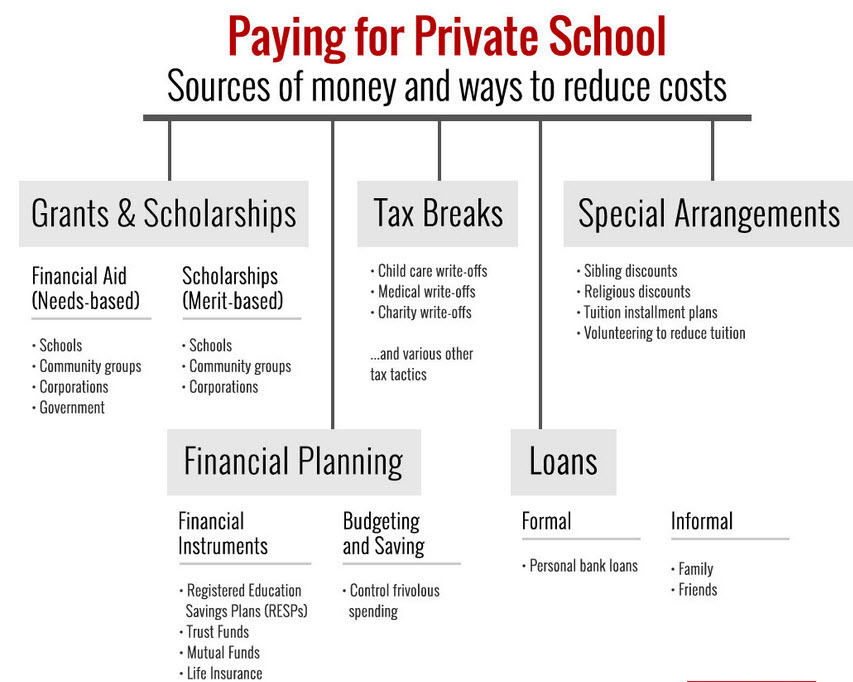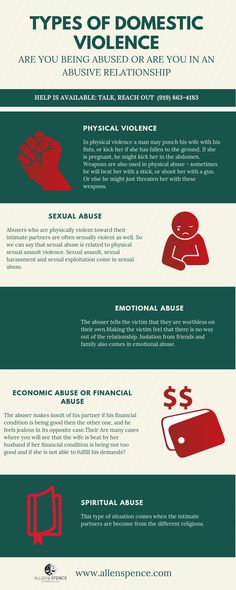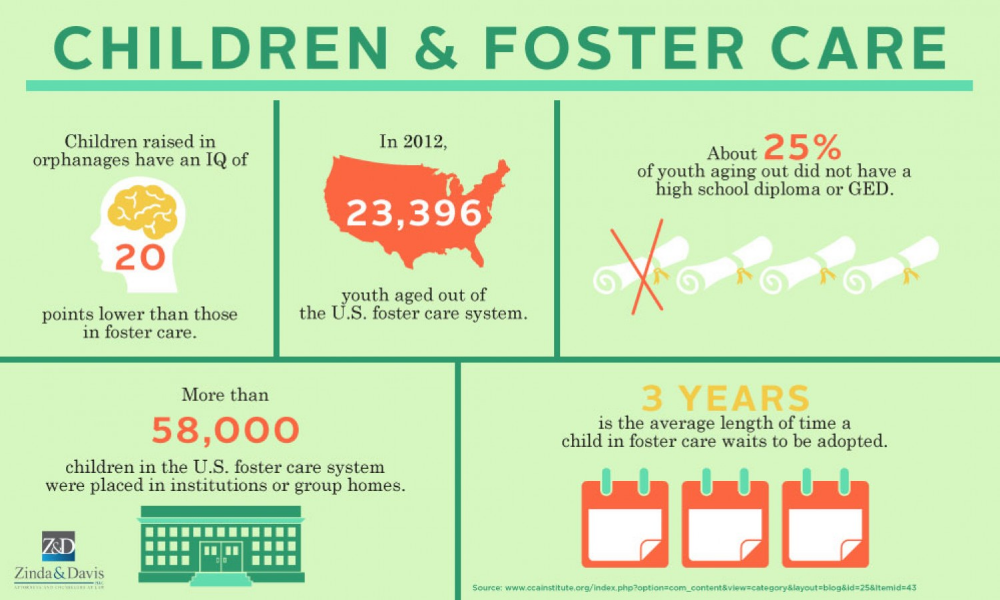Teaching parents how to read with their child
Teach families WHY and HOW to read with their kids
Think about all the time students spend outside of our classrooms. And think, for a moment, about the kids who you know live in a home where reading is a priority. It’s a game-changer in their education! So you don’t need me to tell you that kids who read and are read to have an enormous advantage when it comes to literacy.
Now, at this point we can either throw up our hands and say, “Parents have to step it up!” or we can roll up our sleeves and figure out how to collaborate with parents better.
At Springboard Collaborative, we’re rolling up our sleeves.
Instead of just focusing on kids who need to work on their literacy skills over the summer, Springboard enlists the help of families to leverage that crucial out-of-classroom time. And with promising results! Many Springboard students actually boost their reading level by 3 months over the summer instead of sliding backwards.
So how do we do it?
Well, we don’t just tell parents to “read with their kids” or “listen as your kid reads this decodable book. ”
Instead we build relationships, we set goals together, and perhaps most importantly of all, we EXPLICITLY train parents on how to read with their kids and help their kids form strong reading habits.
This explicit instruction is often missing from our regular classrooms. (I should insert here the relationship that makes parents more receptive to explicit instruction is also missing. But that’s another article.) So when we wonder why parents aren’t stepping it up, we should consider that perhaps they really just don’t know how.
But that can change.
From Day 1 in Kindergarten, teach parents the WHY and HOW for the skills they need.
So for example, don’t just say: “Read to your child tonight.”
Instead say something like this:
Read to your kids for at least 15 minutes every day. Did you know that an important part of reading comprehension is knowing what the words mean (vocabulary) and knowing information about the world (we call this “background knowledge”)? Families can play a huge role in helping kids develop both vocabulary and background knowledge (and bonus—background knowledge comes in every language! Entonces leer con su hijo en la idioma de su preferencia.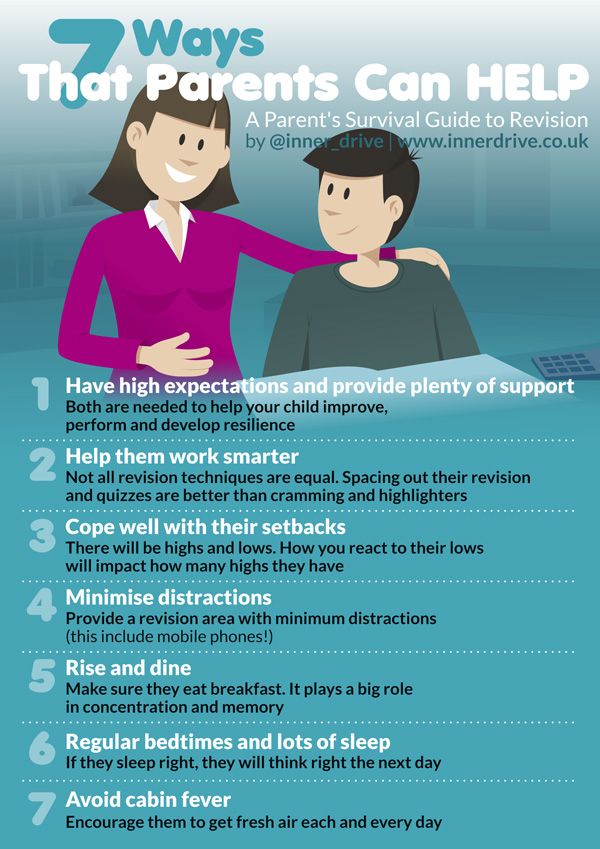 )
)
Here is a list of books you’ll enjoy as a family on __(insert topic from the class)___.
Here is a book from our classroom library. Enjoy it together as a family this weekend. You can read it 3 or 4 times and each time you’ll discover something new! A few questions you might discuss are…
How do you get reading time in? It can be hard! Share your tips so we can learn from each other. Text me your ideas so I can spread the knowledge.
Have a book you love reading together? Donate a copy to our classroom library! We love books en Español.
Don’t just say: “Read this book with your kids.”
Instead say:
We’re working on the sound /a/ like in “cat” and “pat.” When your child reads this book to you, ask her to slow down and read each word, sound by sound. Listen for the /a/ sound. Then ask her to read it again, this time saying the words a little faster. If you have time to read it a third time, celebrate how smoothly she’s reading it!
Did you know that playing rhyming games can really help your child hear the different sounds in a word? If they can’t “hear” the sound, they will have trouble reading the sound. So play “What Rhymes With…” this weekend. Start with easier words like “bat” and “take.” Say each sound in the words. If you can, move on to words with long and short “e” sounds (like “egg” and “free”) and “o” sounds (like “pot” and “coat”).
So play “What Rhymes With…” this weekend. Start with easier words like “bat” and “take.” Say each sound in the words. If you can, move on to words with long and short “e” sounds (like “egg” and “free”) and “o” sounds (like “pot” and “coat”).
What other games do you play at home? We always need more ideas. Have any questions? Text me!
You get the idea. Here’s the main formula:
• Give some specific instruction
• Explain the why, briefly
• Provide some different ways families can practice the skills
• Invite collaboration
What about older grades?
Parents of older kids can provide different support and will likely have different questions than parents of beginning readers. So start by asking what questions or concerns they have with their child’s reading. Figure out what to do next from there.
Continue to support reading at home by giving suggestions for books their kids might enjoy reading on their own. Also let them know what you’re studying in class and give them ideas on how to strengthen that background knowledge. (We’re studying deserts—check out X and Y videos and read Z together. Here are some titles your child may enjoy that will help them learn more.)
(We’re studying deserts—check out X and Y videos and read Z together. Here are some titles your child may enjoy that will help them learn more.)
Explicitly encourage them to read aloud to their kids and on a variety of subjects. Many parents think they should stop reading aloud to their child. Here is a video to help.
Middle and high school parents need to know that they can continue to help their children learn new words and new concepts by talking with them about what they read (and what their parents read) every day. They could also talk to their children about:
• Reading and taking notes
• Navigating a textbook
• Deciding what’s an important “take-away” in an article or text
• Making time for reading
• Persevering through a difficult text
• Being able to explain to someone what you read
All parents need a vision for what reading looks like and sounds like at their child’s level.
Greatschools.org has a series of good “milestone” videos to help.
Assure parents of reluctant readers that there are things they can do at home to help. Especially encourage rereading. Many parents might not know that rereading is so beneficial for struggling readers.
Model, model, model.
Here are some of the Springboard Collaborative family workshop videos for reading with older children.
Thinking that we, as educators, can help students become lifelong, thoughtful, skilled readers all on our own, is hubris.
Families make a huge difference in literacy instruction and we can ensure that the difference they make is positive!
Post contributed by Amanda Hamilton Roos of www.BuildingtheBridge.org
Teaching children to read isn’t easy. How do kids actually learn to read?
A student in a Mississippi elementary school reads a book in class. Research shows young children need explicit, systematic phonics instruction to learn how to read fluently. Credit: Terrell Clark for The Hechinger ReportTeaching kids to read isn’t easy; educators often feel strongly about what they think is the “right” way to teach this essential skill. Though teachers’ approaches may differ, the research is pretty clear on how best to help kids learn to read. Here’s what parents should look for in their children’s classroom.
Though teachers’ approaches may differ, the research is pretty clear on how best to help kids learn to read. Here’s what parents should look for in their children’s classroom.
How do kids actually learn how to read?
Research shows kids learn to read when they are able to identify letters or combinations of letters and connect those letters to sounds. There’s more to it, of course, like attaching meaning to words and phrases, but phonemic awareness (understanding sounds in spoken words) and an understanding of phonics (knowing that letters in print correspond to sounds) are the most basic first steps to becoming a reader.
If children can’t master phonics, they are more likely to struggle to read. That’s why researchers say explicit, systematic instruction in phonics is important: Teachers must lead students step by step through a specific sequence of letters and sounds. Kids who learn how to decode words can then apply that skill to more challenging words and ultimately read with fluency.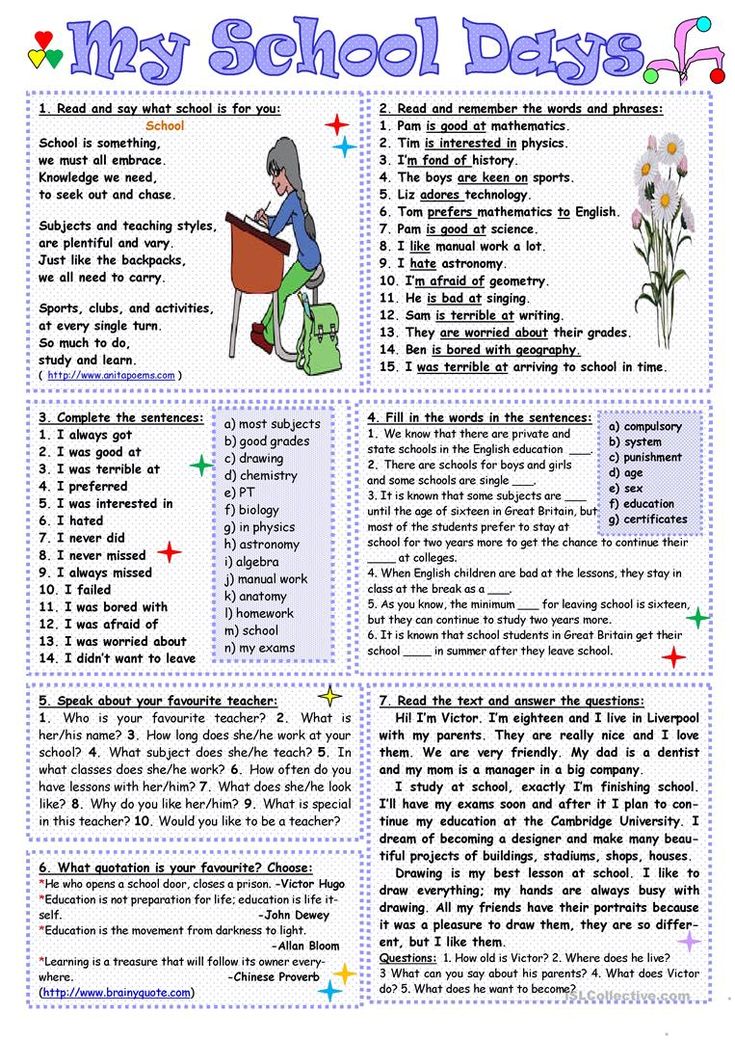 Some kids may not need much help with phonics, especially as they get older, but experts say phonics instruction can be essential for young children and struggling readers “We don’t know how much phonics each kid needs,” said Anders Rasmussen, principal of Wood Road Elementary School in Ballston Spa, New York, who recently led the transformation of his schools’ reading program to a research-based, structured approach. “But we know no kid is hurt by getting too much of it.”
Some kids may not need much help with phonics, especially as they get older, but experts say phonics instruction can be essential for young children and struggling readers “We don’t know how much phonics each kid needs,” said Anders Rasmussen, principal of Wood Road Elementary School in Ballston Spa, New York, who recently led the transformation of his schools’ reading program to a research-based, structured approach. “But we know no kid is hurt by getting too much of it.”
How should your child’s school teach reading?
Timothy Shanahan, a professor emeritus at the University of Illinois at Chicago and an expert on reading instruction, said phonics are important in kindergarten through second grade and phonemic awareness should be explicitly taught in kindergarten and first grade. This view has been underscored by experts in recent years as the debate over reading instruction has intensified. But teaching kids how to read should include more than phonics, said Shanahan.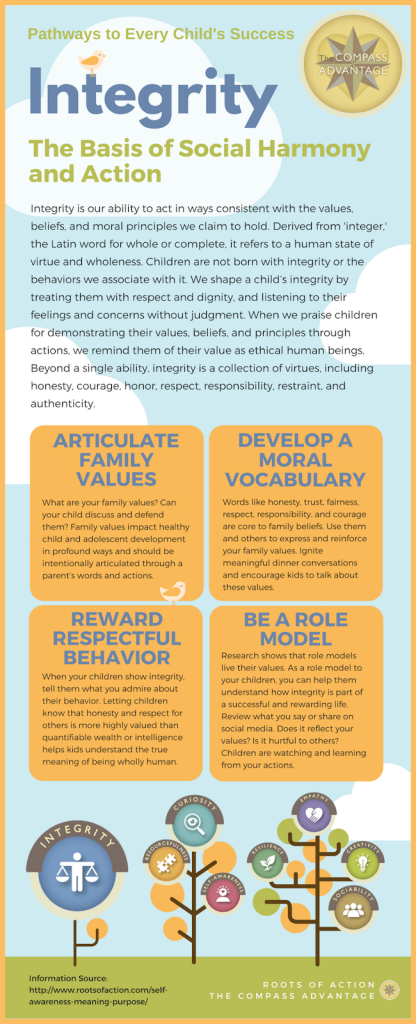 They should also be exposed to oral reading, reading comprehension and writing.
They should also be exposed to oral reading, reading comprehension and writing.
The wars over how to teach reading are back. Here’s the four things you need to know.
Wiley Blevins, an author and expert on phonics, said a good test parents can use to determine whether a child is receiving research-based reading instruction is to ask their child’s teacher how reading is taught. “They should be able to tell you something more than ‘by reading lots of books’ and ‘developing a love of reading.’ ” Blevins said. Along with time dedicated to teaching phonics, Blevins said children should participate in read-alouds with their teacher to build vocabulary and content knowledge. “These read-alouds must involve interactive conversations to engage students in thinking about the content and using the vocabulary,” he said. “Too often, when time is limited, the daily read-alouds are the first thing left out of the reading time. We undervalue its impact on reading growth and must change that.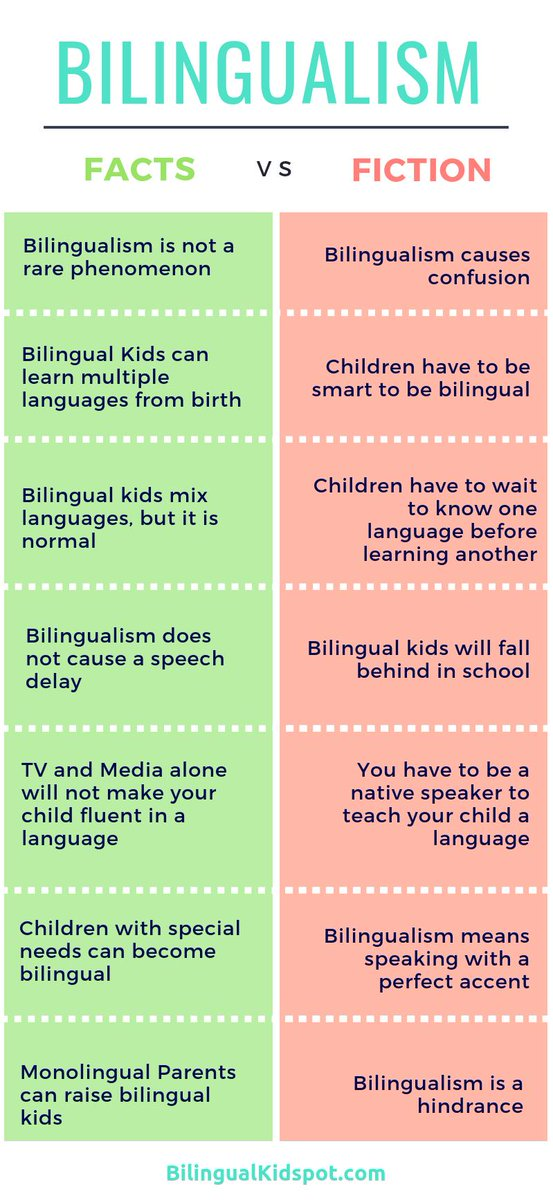 ”
”
Rasmussen’s school uses a structured approach: Children receive lessons in phonemic awareness, phonics, pre-writing and writing, vocabulary and repeated readings. Research shows this type of “systematic and intensive” approach in several aspects of literacy can turn children who struggle to read into average or above-average readers.
What should schools avoid when teaching reading?
Educators and experts say kids should be encouraged to sound out words, instead of guessing. “We really want to make sure that no kid is guessing,” Rasmussen said. “You really want … your own kid sounding out words and blending words from the earliest level on.” That means children are not told to guess an unfamiliar word by looking at a picture in the book, for example. As children encounter more challenging texts in later grades, avoiding reliance on visual cues also supports fluent reading. “When they get to ninth grade and they have to read “Of Mice and Men,” there are no picture cues,” Rasmussen said.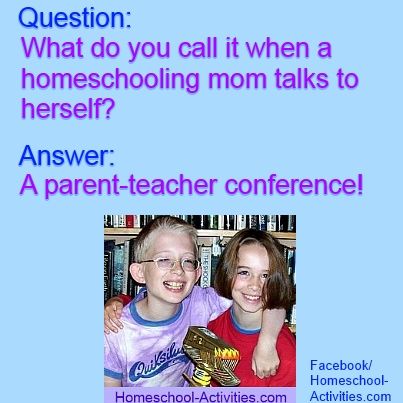
Related: Teacher Voice: We need phonics, along with other supports, for reading
Blevins and Shanahan caution against organizing books by different reading levels and keeping students at one level until they read with enough fluency to move up to the next level. Although many people may think keeping students at one level will help prevent them from getting frustrated and discouraged by difficult texts, research shows that students actually learn more when they are challenged by reading materials.
Blevins said reliance on “leveled books” can contribute to “a bad habit in readers.” Because students can’t sound out many of the words, they rely on memorizing repeated words and sentence patterns, or on using picture clues to guess words. Rasmussen said making kids stick with one reading level — and, especially, consistently giving some kids texts that are below grade level, rather than giving them supports to bring them to grade level — can also lead to larger gaps in reading ability.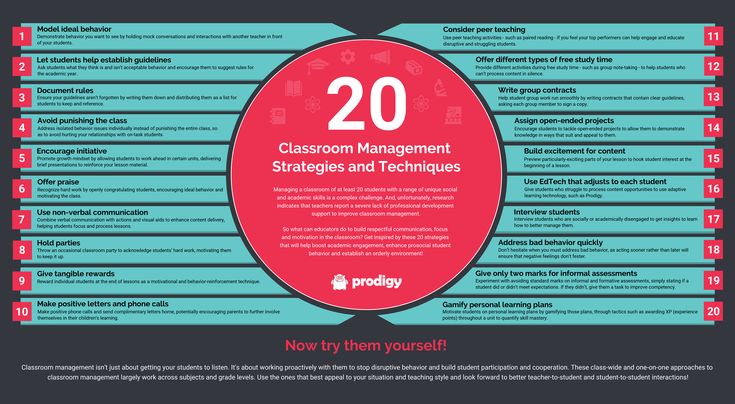
How do I know if a reading curriculum is effective?
Some reading curricula cover more aspects of literacy than others. While almost all programs have some research-based components, the structure of a program can make a big difference, said Rasmussen. Watching children read is the best way to tell if they are receiving proper instruction — explicit, systematic instruction in phonics to establish a foundation for reading, coupled with the use of grade-level texts, offered to all kids.
Parents who are curious about what’s included in the curriculum in their child’s classroom can find sources online, like a chart included in an article by Readingrockets.org which summarizes the various aspects of literacy, including phonics, writing and comprehension strategies, in some of the most popular reading curricula.
Blevins also suggested some questions parents can ask their child’s teacher:
- What is your phonics scope and sequence?
“If research-based, the curriculum must have a clearly defined phonics scope and sequence that serves as the spine of the instruction.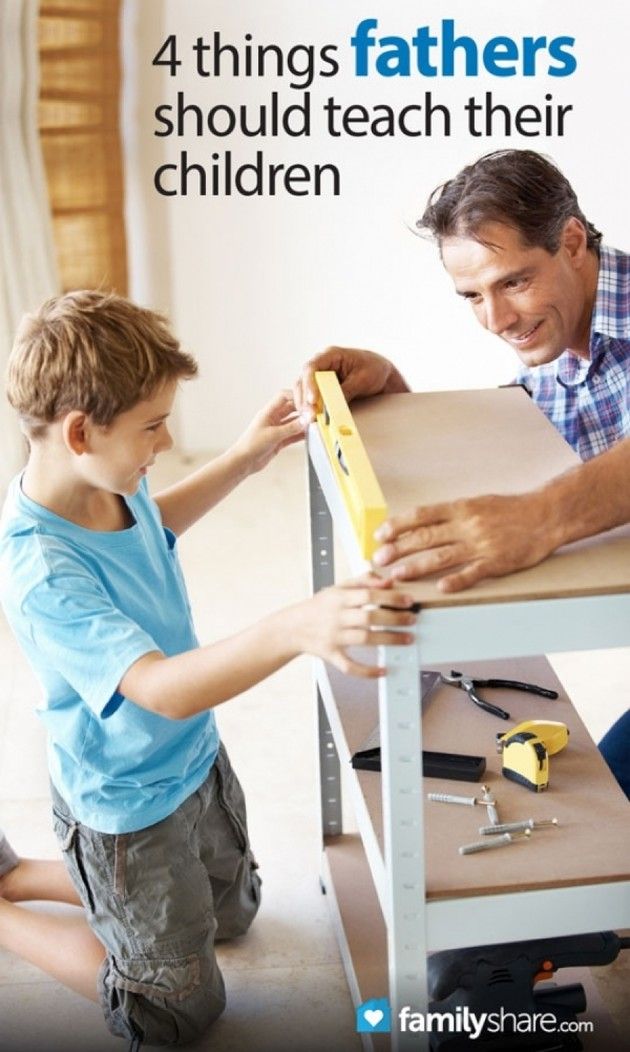 ” Blevins said.
” Blevins said.
- Do you have decodable readers (short books with words composed of the letters and sounds students are learning) to practice phonics?
“If no decodable or phonics readers are used, students are unlikely to get the amount of practice and application to get to mastery so they can then transfer these skills to all reading and writing experiences,” Blevins said. “If teachers say they are using leveled books, ask how many words can students sound out based on the phonics skills (teachers) have taught … Can these words be fully sounded out based on the phonics skills you taught or are children only using pieces of the word? They should be fully sounding out the words — not using just the first or first and last letters and guessing at the rest.”
- What are you doing to build students’ vocabulary and background knowledge? How frequent is this instruction? How much time is spent each day doing this?
“It should be a lot,” Blevins said, “and much of it happens during read-alouds, especially informational texts, and science and social studies lessons.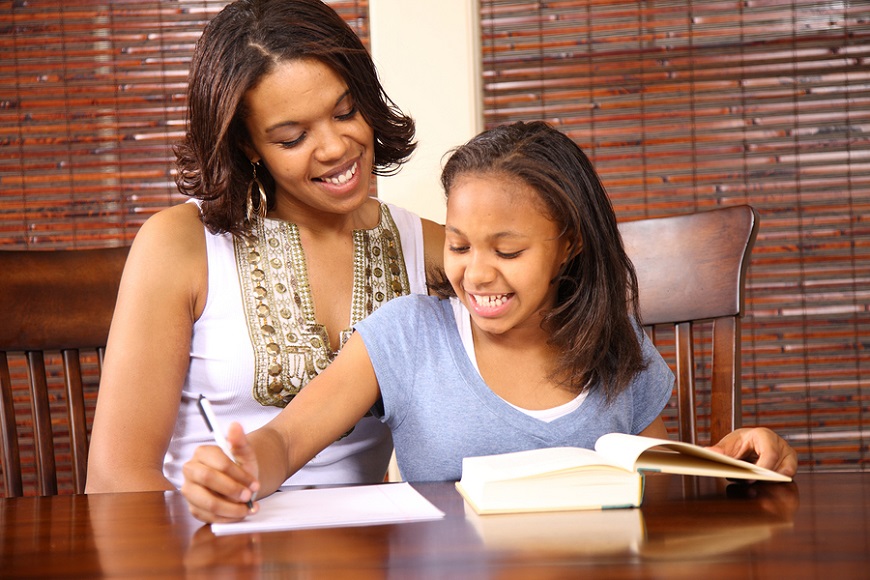 ”
”
- Is the research used to support your reading curriculum just about the actual materials, or does it draw from a larger body of research on how children learn to read? How does it connect to the science of reading?
Teachers should be able to answer these questions, said Blevins.
What should I do if my child isn’t progressing in reading?
When a child isn’t progressing, Blevins said, the key is to find out why. “Is it a learning challenge or is your child a curriculum casualty? This is a tough one.” Blevins suggested that parents of kindergarteners and first graders ask their child’s school to test the child’s phonemic awareness, phonics and fluency.
Parents of older children should ask for a test of vocabulary. “These tests will locate some underlying issues as to why your child is struggling reading and understanding what they read,” Blevins said. “Once underlying issues are found, they can be systematically addressed. ”
”
“We don’t know how much phonics each kid needs. But we know no kid is hurt by getting too much of it.”
Anders Rasmussen, principal of Wood Road Elementary School in Ballston Spa, New York
Rasmussen recommended parents work with their school if they are concerned about their children’s progress. By sitting and reading with their children, parents can see the kind of literacy instruction the kids are receiving. If children are trying to guess based on pictures, parents can talk to teachers about increasing phonics instruction.
“Teachers aren’t there doing necessarily bad things or disadvantaging kids purposefully or willfully,” Rasmussen said. “You have many great reading teachers using some effective strategies and some ineffective strategies.”
What can parents do at home to help their children learn to read?
Parents want to help their kids learn how to read but don’t want to push them to the point where they hate reading. “Parents at home can fall into the trap of thinking this is about drilling their kid,” said Cindy Jiban, a former educator and current principal academic lead at NWEA, a research-based non-profit focused on assessments and professional learning opportunities. “This is unfortunate,” Jiban said. “It sets up a parent-child interaction that makes it, ‘Ugh, there’s this thing that’s not fun.’” Instead, Jiban advises making decoding playful. Here are some ideas:
“Parents at home can fall into the trap of thinking this is about drilling their kid,” said Cindy Jiban, a former educator and current principal academic lead at NWEA, a research-based non-profit focused on assessments and professional learning opportunities. “This is unfortunate,” Jiban said. “It sets up a parent-child interaction that makes it, ‘Ugh, there’s this thing that’s not fun.’” Instead, Jiban advises making decoding playful. Here are some ideas:
- Challenge kids to find everything in the house that starts with a specific sound.
- Stretch out one word in a sentence. Ask your child to “pass the salt” but say the individual sounds in the word “salt” instead of the word itself.
- Ask your child to figure out what every family member’s name would be if it started with a “b” sound.
- Sing that annoying “Banana fana fo fanna song.” Jiban said that kind of playful activity can actually help a kid think about the sounds that correspond with letters even if they’re not looking at a letter right in front of them.
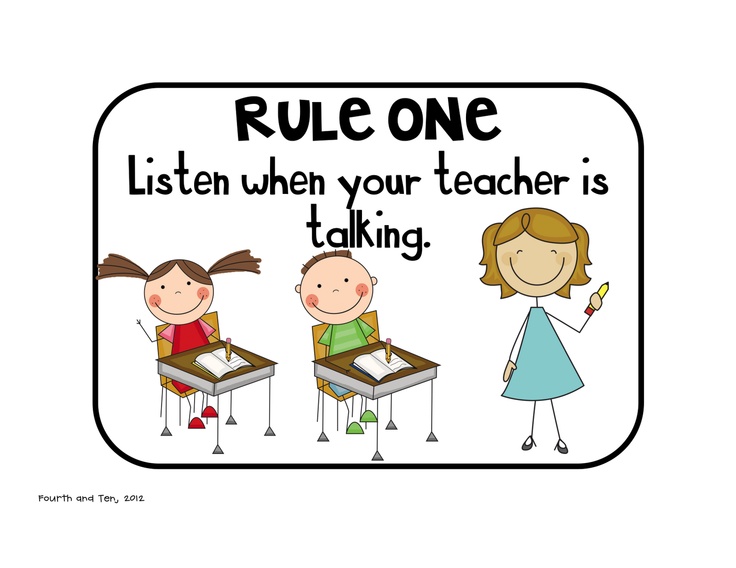
- Read your child’s favorite book over and over again. For books that children know well, Jiban suggests that children use their finger to follow along as each word is read. Parents can do the same, or come up with another strategy to help kids follow which words they’re reading on a page.
Giving a child diverse experiences that seem to have nothing to do with reading can also help a child’s reading ability. By having a variety of experiences, Rasmussen said, children will be able to apply their own knowledge to better comprehend texts about various topics.
This story about teaching children to read was produced by The Hechinger Report, a nonprofit, independent news organization focused on inequality and innovation in education. Sign up for Hechinger’s newsletter.
The Hechinger Report provides in-depth, fact-based, unbiased reporting on education that is free to all readers. But that doesn't mean it's free to produce.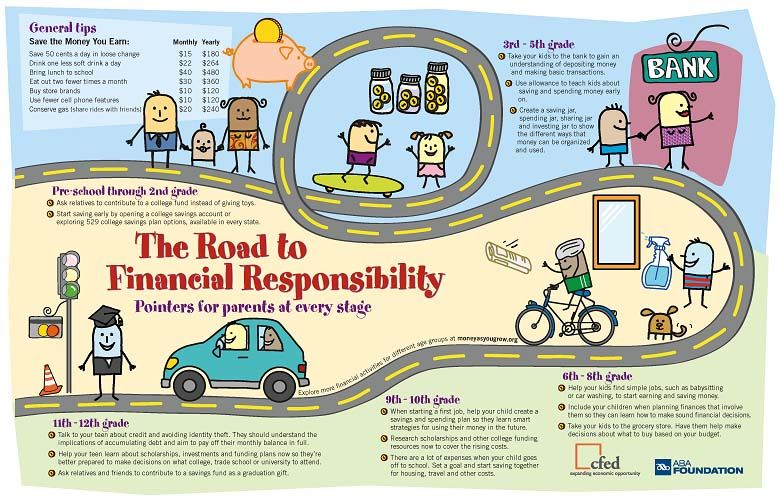 Our work keeps educators and the public informed about pressing issues at schools and on campuses throughout the country. We tell the whole story, even when the details are inconvenient. Help us keep doing that.
Our work keeps educators and the public informed about pressing issues at schools and on campuses throughout the country. We tell the whole story, even when the details are inconvenient. Help us keep doing that.
Join us today.
How easy it is to teach a child 4-6 years old to read - the best methods and exercises
How to understand that it's time
To the question "When is it time for a child to be able to read?" there is no ready-made answer, but we want to immediately warn against two misconceptions:
-
“It is not necessary to teach a child to read at home, they will teach you at school anyway.” Yes, they will. But remember: the first year at school is the most intense in all 11 years of study. For some 4-5 months in the 1st grade, the child goes through the alphabet "from" and "to", learns to read, write, and the rest of the time he studies the basics of the Russian language.
 Therefore, it will be great if he has a reading skill before school. This will reduce the burden on the child.
Therefore, it will be great if he has a reading skill before school. This will reduce the burden on the child. -
"There is no time to waste - the sooner the baby begins to read, the better." All children are different and develop at their own pace. Therefore, you should not impose teaching reading to a preschooler as soon as he is 4-5 years old, if the student himself does not yet show interest in this activity. Instead, you can begin to develop an interest in reading through bright and engaging books. A good option would also be games that involve letters.
The indicator to be guided by is not the age of the preschooler, but his speech skills.
It's time to learn to read if...
If the speech development of a preschooler proceeds without gross violations. Let's figure out what criteria will help you find out if a child is ready to learn to read:
-
Understanding addressed speech.
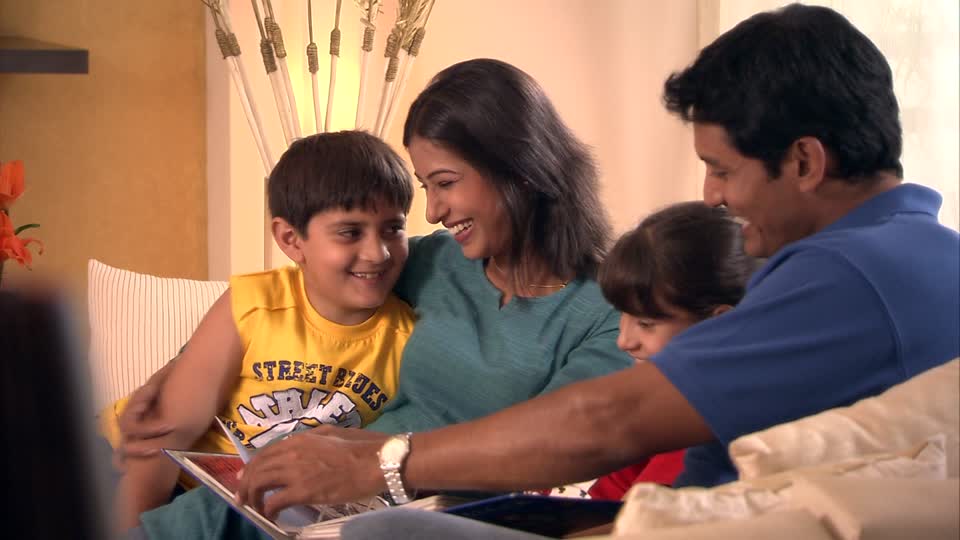 The kid must understand sentences, phrases, individual words that others around him turn to.
The kid must understand sentences, phrases, individual words that others around him turn to. -
Vocabulary. The more words a child knows, the better he will understand what he read. It will also help him communicate with adults and other children.
-
Grammar. The ability to correctly build sentences, select and change words is important for children who are learning to read.
-
Pronunciation. For learning to be effective, the child must know how to pronounce words without gross errors.
Remember: at preschool age, a child may have minor mistakes in grammar and pronunciation - this is normal. Over time, these violations will be corrected, and they should not be considered an obstacle to reading. But if the baby is not yet very confident in speaking, do not rush him to read - this will not help develop speech, but only demotivate.
Practicing child psychologist Ekaterina Murashova
Free course for modern moms and dads from Ekaterina Murashova. Sign up and participate in the drawing of 8 lessons
How to make learning to read easier for preschoolers
-
Praise more and never scold
It's hard for us adults to imagine how difficult it really is for a baby to learn from scratch such a complex skill as reading. After all, being able to read means being able to correlate a sound with a letter or a combination of letters, connect sounds, understand the meanings of the words read and the meaning behind the text.
If parents take the child's progress for granted and express dissatisfaction when the child does not understand something, this will not push the future student to development, but will only complicate the process. Therefore, it is important to praise for small victories: I learned the letter that was passed last time - great, I coped without my father's help with the word as much as two syllables - clever.

Do not take failures as a consequence of the negligence of the little student. When a child does not understand the first time, this is an occasion to look for another explanation or give more time to practice. If you feel tired and irritated, you should stop the activity and return to it in a good mood.
-
Exercise little but regularly
Do not expect perseverance and a desire to spend hours figuring out unfamiliar letters from your baby. It is difficult for preschoolers to keep their attention in a lesson for more than 25 minutes, and even such small classes should be interrupted with physical education minutes and games so that the child does not get bored. This is exactly how Skysmart prepares for school: 25-minute classes with breaks for outdoor games.
But regular practice is important - much more important than the duration of the session.
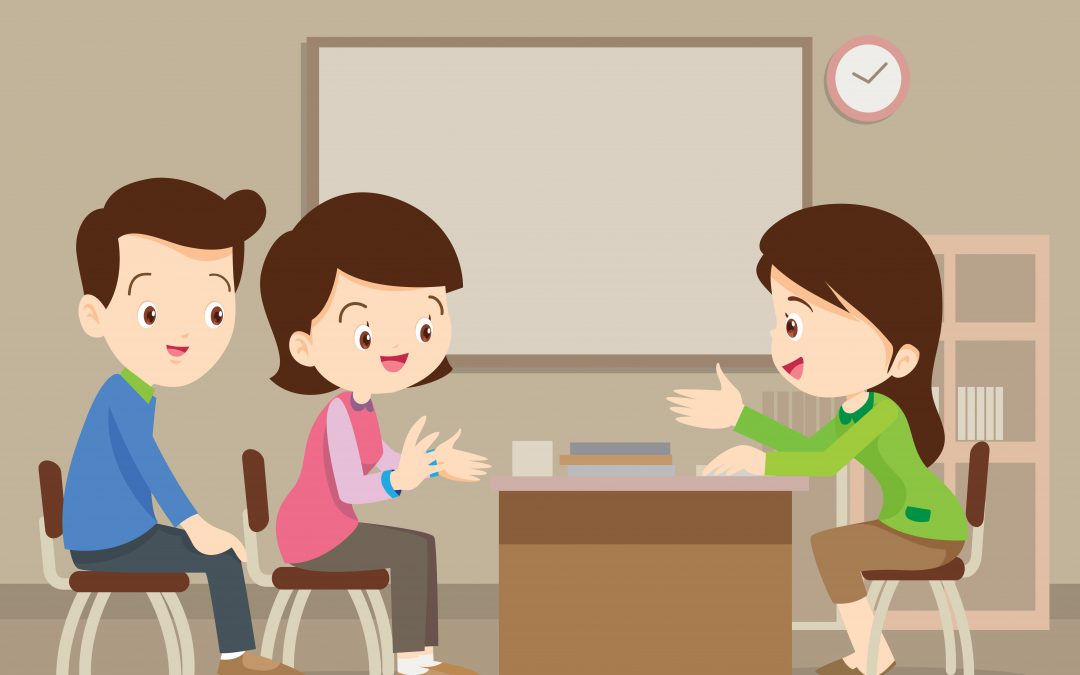 And it doesn’t have to be just lessons: you can look for familiar letters on signs during a walk, on a door plate in a children’s clinic, on a package of your favorite corn flakes.
And it doesn’t have to be just lessons: you can look for familiar letters on signs during a walk, on a door plate in a children’s clinic, on a package of your favorite corn flakes. -
Read books aloud
In a series of studies conducted by Dr. Victoria Purcell-Gates among five-year-olds who could not yet read, those children to whom their parents regularly read aloud for two years expressed their thoughts in more literary language, built longer phrases and used more complex syntax.
In addition, reading aloud with adults contributed to the expansion of the children's vocabulary, as parents explained the meanings of new words that children did not encounter in everyday life.
Expert Opinion
According to neuroscientist Marianne Wolfe, book evenings with parents help develop a love of reading because the child establishes a connection between reading aloud and feelings of love and warmth.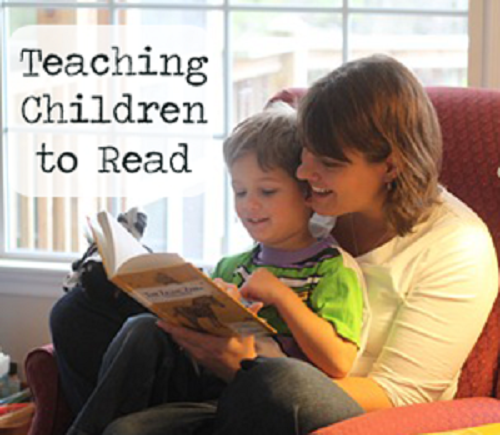
-
Discuss read
The role of communication in teaching literacy cannot be overestimated. At first, it is important to ask if the future student is interested, if he is tired, what was remembered from the lesson. When a preschooler learns to read coherent texts, be sure to ask questions about their content.
It's great if the child reads on his own and without the prompting of the parents, but even in this case, do not deprive him of the opportunity to discuss what he has read with you. For example, you can ask:
-
Which of the characters do you like?
-
Do you think this character is like you? Would you like to be like her?
-
What would you do if you were a hero?
-
Why did the described event happen? How are these two events related?
-
How did what you read make you feel?
-
What do you remember most from what you read?
-
What do you think the author wanted to teach? Why did he write this? Do you agree with the author?
-
-
Go from simple to complex
From the correspondence between sounds and letters to syllables, from short words to longer and more complex words. It would seem that this is obvious, but no: sometimes parents are so happy with the success of the child at first that they push him to study more complex topics than he is ready to accept. Of course, the program should adapt to the future student, but you should not skip steps, even if the child is making progress.
There are methods that offer to teach a child to read by memorizing whole words.
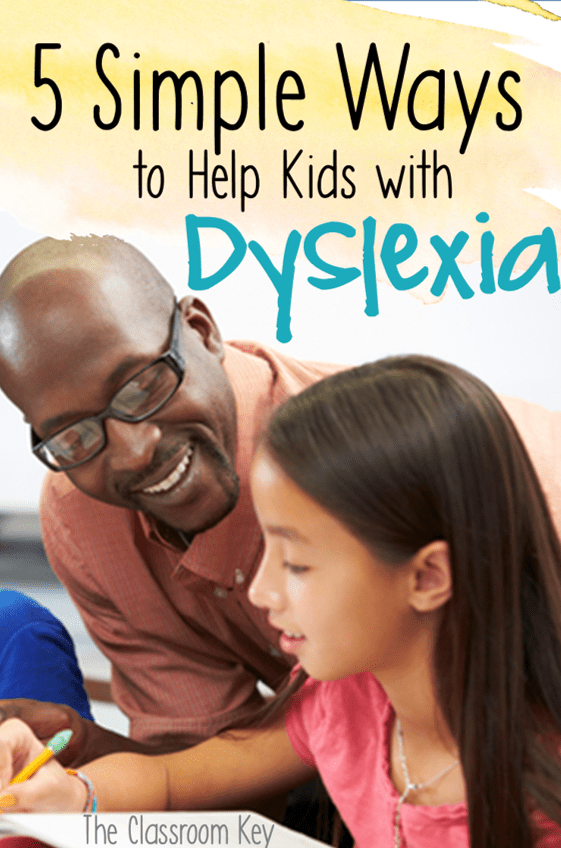 Alas, experiments show that such techniques generally work worse. For example, a group of scientists from the United States came up with an artificial alphabet and offered subjects to learn it, and then read the words written using this alphabet. At the same time, some subjects were immediately explained the principles of correspondence between sounds and letters, while others had to derive reading rules on their own based on whole words. It turned out that the first group copes with reading new, previously unfamiliar words better than the second.
Alas, experiments show that such techniques generally work worse. For example, a group of scientists from the United States came up with an artificial alphabet and offered subjects to learn it, and then read the words written using this alphabet. At the same time, some subjects were immediately explained the principles of correspondence between sounds and letters, while others had to derive reading rules on their own based on whole words. It turned out that the first group copes with reading new, previously unfamiliar words better than the second. Therefore, we advise you to choose those teaching methods that involve clear instructions about the relationship between sound and letter - and this is especially important for those children who have difficulty reading. Below we have compiled a few of these techniques that you can use to teach your preschooler at home.
It is important to select questions individually, based on the age of the child.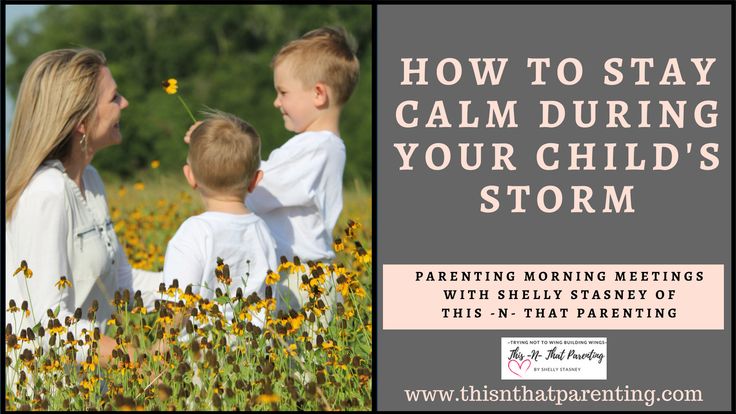 With younger children, discuss everything together, ask simple questions, direct their attention to some facts. The complexity of the questions should increase in proportion to the age of the child. The older he is, the more difficult the tasks should be, and the questions can already affect the "reflection" of their feelings and experiences.
With younger children, discuss everything together, ask simple questions, direct their attention to some facts. The complexity of the questions should increase in proportion to the age of the child. The older he is, the more difficult the tasks should be, and the questions can already affect the "reflection" of their feelings and experiences.
Methods of teaching preschoolers to read
Warehouse reading
The way to teach a child to read through warehouses was actually used in Rus', but for modern parents this technique is associated with the name of the philologist Nikolai Alexandrovich Zaitsev.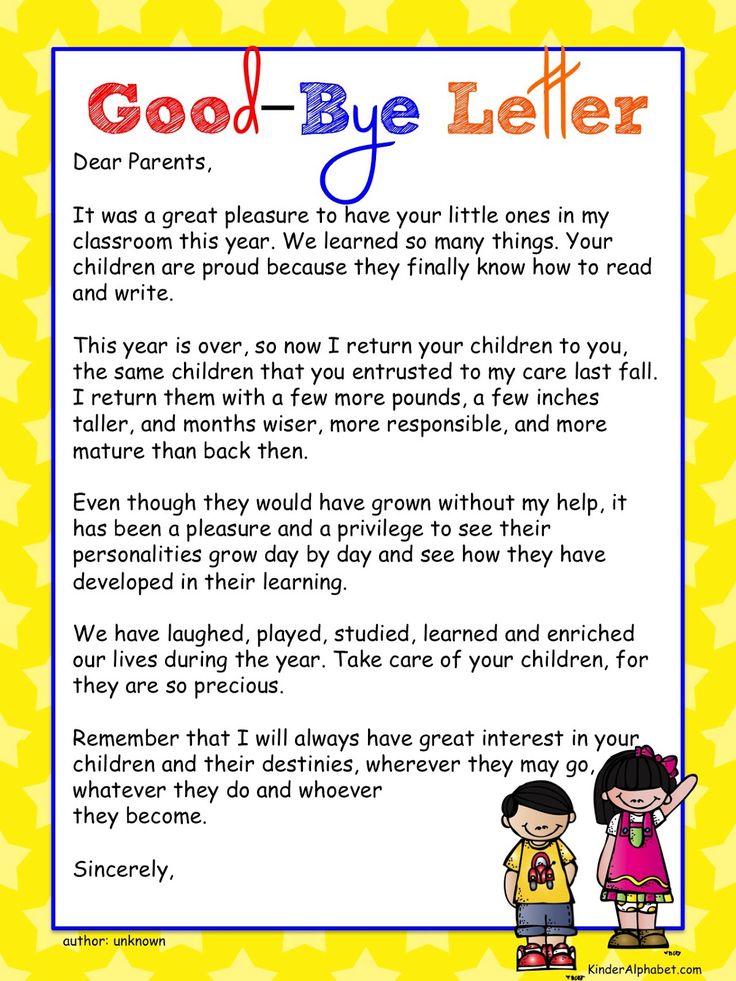
Zaitsev suggests not focusing on the study of individual letters, as it can be difficult for students to understand how letters can merge into syllables and words. Teaching a child to read by syllables is also not always easy: one syllable can be quite long ( shine, ruble ), and the boundaries of syllables are not obvious ( Lun-tik or Lu-ntik ?). Therefore, in Zaitsev's methodology, a warehouse is used as the main unit.
Warehouse can be a combination of a consonant and a vowel (pa-pa, ma-ma), a single consonant or vowel (de- d , i-s -li, A -le-sha), as well as a combination of a consonant with a hard or soft sign (ma- l -chi-k, po- d -yem).
In order for a preschooler to understand the differences between the recording of voiced and soft, vowel and consonant sounds, different types of warehouses have their own cube size, color and content, thanks to which the cubes sound when they are shaken.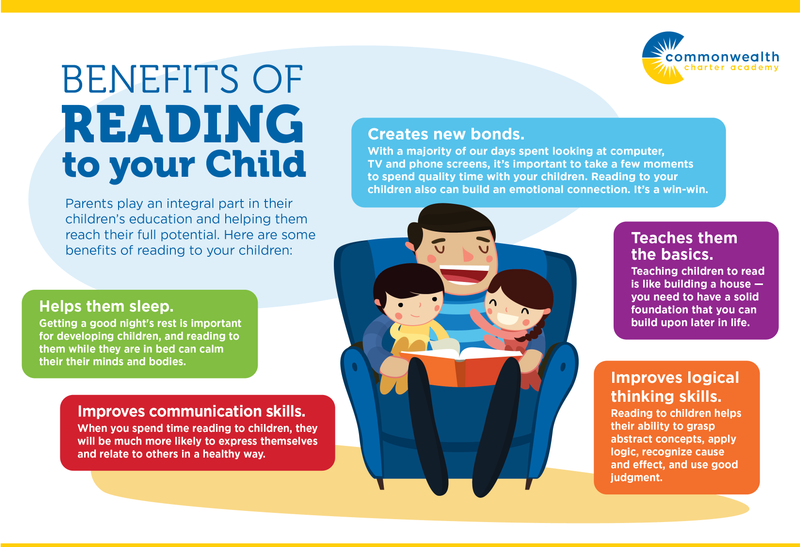 Cubes affect several channels of perception at once, and warehouses should not just be pronounced, but sung - this way, according to the author of the methodology, learning is more interesting and effective.
Cubes affect several channels of perception at once, and warehouses should not just be pronounced, but sung - this way, according to the author of the methodology, learning is more interesting and effective.
One of the advantages of the technique is that children willingly play with blocks themselves, and the process of learning to read becomes active and mobile.
Syllabic reading
This technique, according to some sources, was developed by the Romans. Later, Nadezhda Sergeevna Zhukova, a Soviet and Russian speech therapist, created a primer based on it. In it, she built her own system in which sounds and letters are sequentially introduced into speech.
Due to the fact that the concept of a syllable is introduced at an early stage, it is faster and easier to teach a child to read syllables together. By the way, as in Zaitsev's technique, it is proposed to sing syllables, and not just pronounce them.
Based on the syllabic method, Zhukova developed a set of teaching aids - copybooks, copybooks and a book for reading. Benefits will help teach children to read correctly 6 and 7 years old at home.
Both techniques for teaching preschoolers to read are used in the Skysmart Ready for School course. The course consists of two stages: first, children get acquainted with letters and warehouses, which allows them to quickly start reading simple words, and then they learn what a syllable is. Gradually, we introduce more complex syllabic constructions, move on to reading phrases and sentences.
Sound analytical-synthetic teaching method
This method originated in the USSR and is still considered the main one in Russian schools and kindergartens. It was developed by the Soviet teacher and Russian language methodologist Voskresenskaya Alexandra Ilyinichna.
Same as N.S. Zhukova, Voskresenskaya proposed her own order in which children should learn letters and sounds. The principle of this sequence was that the child first learned the letters that can be combined into simple syllables, and then moved forward in the level of complexity. As a result, children learn syllables in this order:
The principle of this sequence was that the child first learned the letters that can be combined into simple syllables, and then moved forward in the level of complexity. As a result, children learn syllables in this order:
-
Two-letter syllables (including one consonant): am, ma, ra, etc. and simple words from them: ra-ma, ma-sha, Pa-sha, etc.
-
Three-letter syllables with a central vowel: poppy, lat, etc.
-
Combination of the first two stages into words: sa-lat, earth-la, etc.
-
Words of three syllables and six letters: az-bu-ka, ve-se-lo, etc.
-
Words of two syllables and six letters: question-ros, tea-nick, etc.
-
Words with a combination of vowels at the beginning and at the end of the word: chair, March, etc.
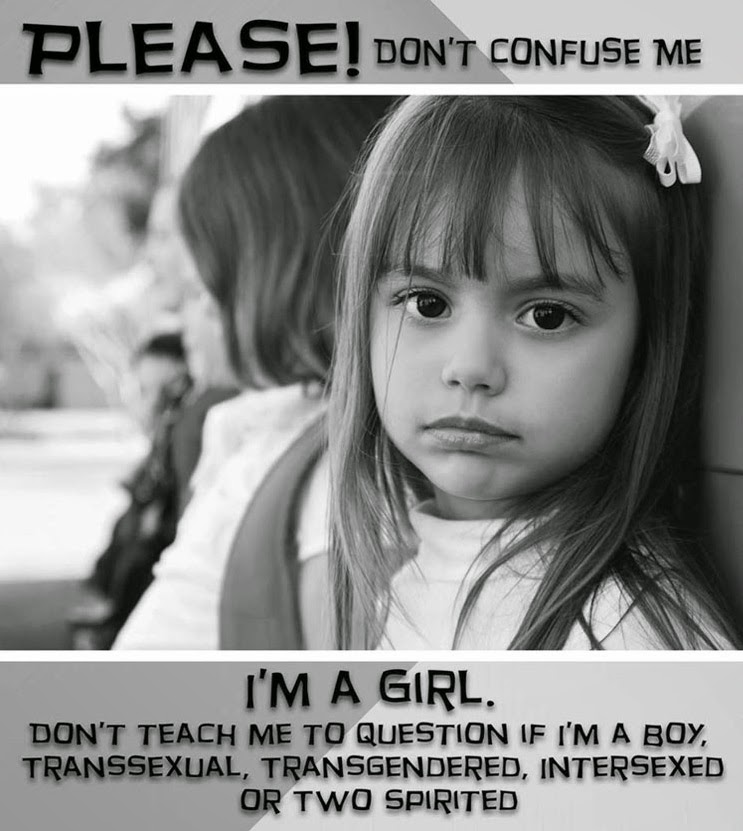
In this way, children simultaneously prepare for more complex syllables at each stage and reinforce what they have learned earlier.
Exercises for learning to read
Learning to read, as a rule, takes place in several stages. First, the child listens to the sound, visually remembers the letters. Different games will help with this, where you need to look for letters, invent words, etc. When this stage is over, you can move on to syllables and games to work them out. And only after that it will be possible to proceed to words, and then to sentences and texts.
Letter memory exercises
The first step is to teach your child to recognize letters. To do this, you can use pictures with hidden letters. We use such exercises in the preparation for school lessons in Skysmart.
Ask your child to identify what letter a word begins with, or name as many words as possible that begin with a certain letter.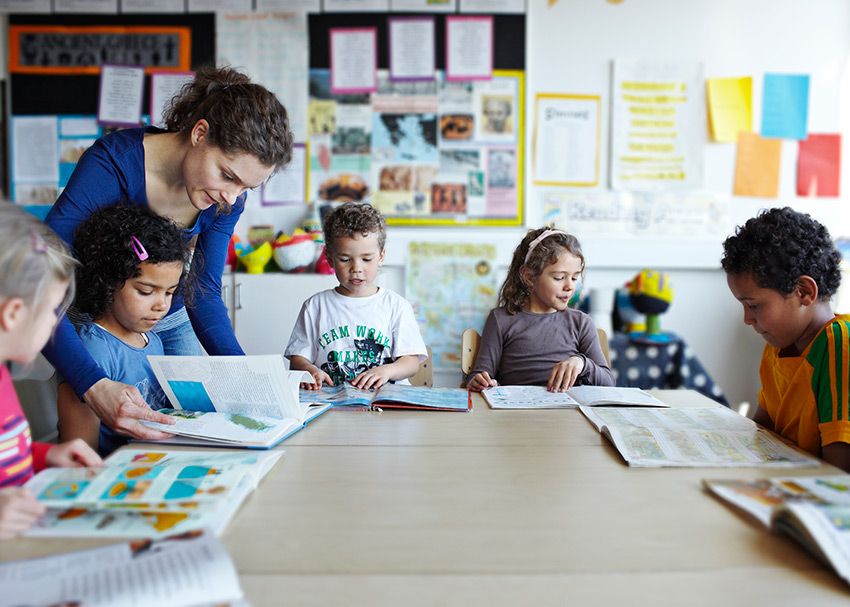
Next, we train to distinguish correctly written letters from incorrect ones. This is also important for learning to write: preschoolers often mirror letters or distort individual elements.
Exercises for vowels and consonants
To learn how to distinguish between vowels and consonants, tasks will help you determine the sound with which a word begins.
It will also help to remember the difference between vowels and consonants and search for an extra letter.
Word building exercises
When the child can read short words, ask him to form a word from the letters on his own.
Composing words from syllables is convenient if you have cubes at hand, but you can also try on paper.
Another good exercise is to fill in the missing letter in a word.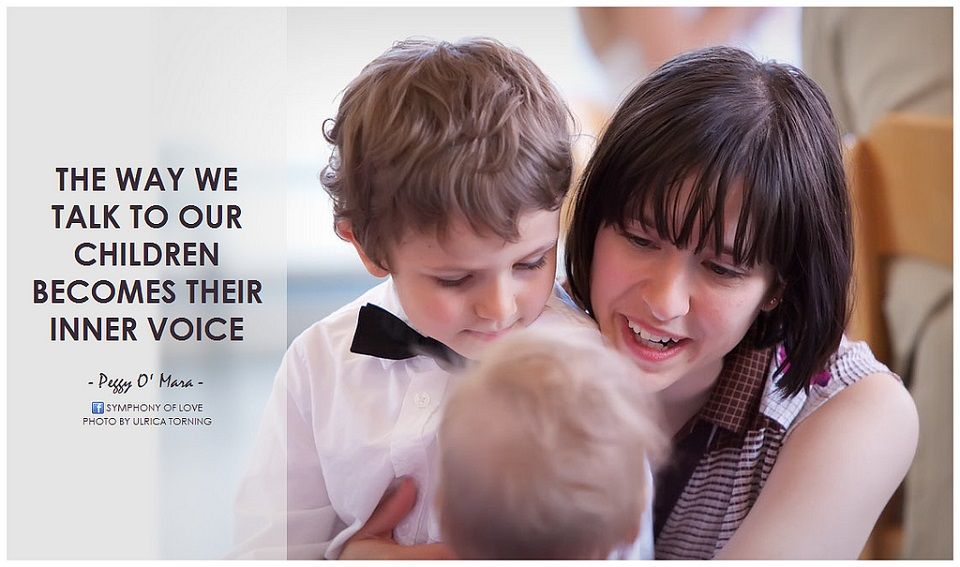 Children perform such tasks in the lessons in the Skysmart online school.
Children perform such tasks in the lessons in the Skysmart online school.
For more colorful and fun reading activities, check out the Skysmart Ready for School course. Attentive teachers will help the child learn to read, count and express themselves through creativity. Classes are held online at a convenient time for the child and parents. Try it for free with an introductory lesson!
Reading together as a family tradition
How time spent reading with parents affects children, and what books to choose for different ages
Family reading helps to establish a strong emotional bond between a child and parents for life brain and creates a favorable atmosphere in the family.
Optimal time for family reading
You can read with your child both during the day and in the evening, and you don’t even have to do it at home — it all depends on the schedule and capabilities of the parents. But, as a rule, the best time to read with a child is in the evening.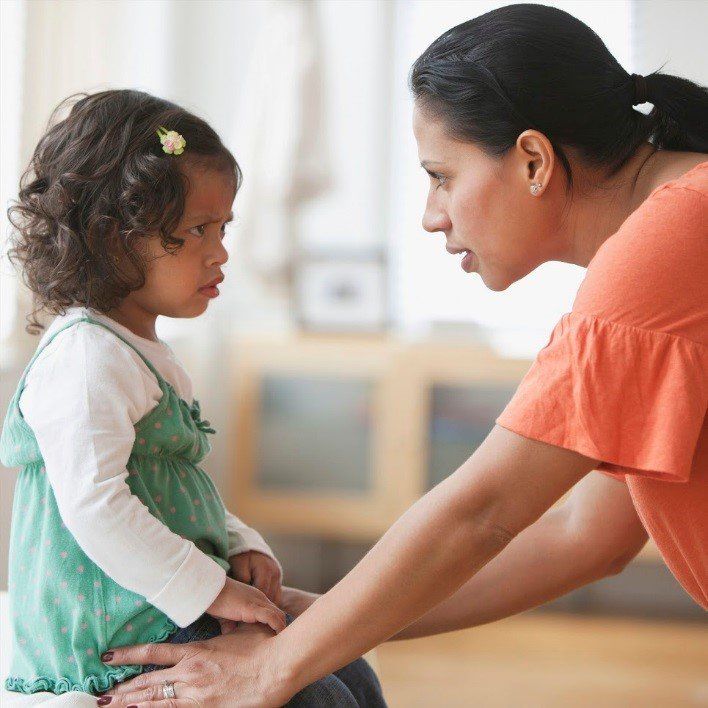 By this point, even the most restless children are no longer so active, so it is easiest to set the child up to read a book before bed.
By this point, even the most restless children are no longer so active, so it is easiest to set the child up to read a book before bed.
If this activity turns into a family ritual, then the child himself will already be looking forward to the hour when he can plunge into the world of fairy tales, poems, stories and adventures with mom or dad. And he will be upset if, for any reason, family reading breaks down. In addition, in the evening, it is easier for even the busiest parents to set aside time to spend it with their baby.
Reading together can become a good family tradition only if adults, parents, grandparents, want it. To do this, try to choose books that are also interesting to you.
Then the chances are higher that they will bring pleasure to the child. And thanks to family reading, adults themselves briefly return to their own childhood.
The child, in turn, spending time with his parents before going to bed for a good book, feels secure and happy.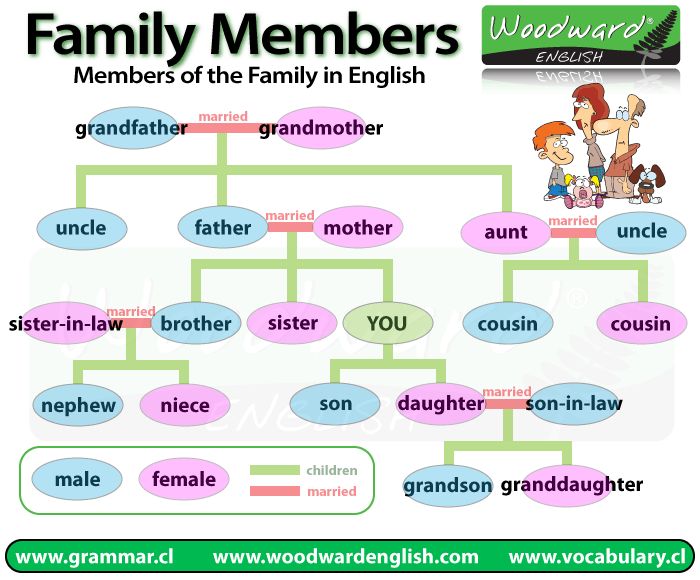 In addition, in families where family reading is practiced, disagreements between family members are much less likely to develop into serious conflicts.
In addition, in families where family reading is practiced, disagreements between family members are much less likely to develop into serious conflicts.
Family reading cannot be replaced by audio books
What is so magical about family reading? It's simple: in the process of reading books, parents teach the child to enter into the right relationship with the world, to listen and hear others. This means that when he grows up, it will be easier for him to cope with difficulties and find a way out of difficult situations.
During the day, a child receives a lot of information from a variety of sources. However, it is in the process of evening family reading that he purposefully listens, delves into what is being read to him. He has questions, doubts are born, he begins to think and put forward his own ideas. When reading is discussed with him, he learns to build a dialogue and consider different points of view.
Many parents try to "kill two birds with one stone" and replace reading with audiobooks.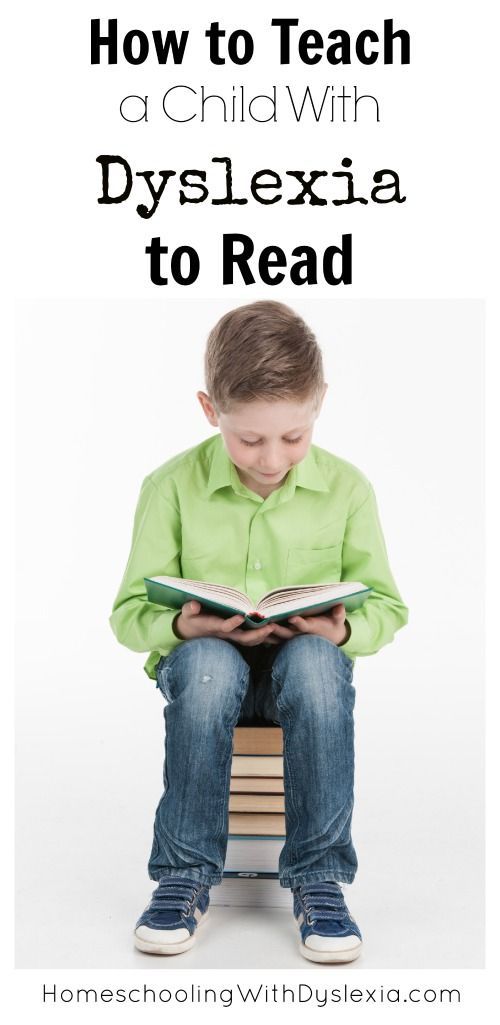 Yes, the child hears a good staged text with the voices of the actors and musical accompaniment. But this text is impersonal for him, so it is impossible to call it family reading.
Yes, the child hears a good staged text with the voices of the actors and musical accompaniment. But this text is impersonal for him, so it is impossible to call it family reading.
The child does not see the carriers of these voices, he cannot make contact with them to discuss what he has heard. While family reading is both a tactile experience and an opportunity to immediately receive feedback from a significant adult.
Often modern parents have a negative attitude towards Russian folk tales - they say they are too scary. Of course, if you leave a child alone with an audio fairy tale about Baba Yaga, he will really easily get goosebumps.
However, when these tales existed, they were told in the family circle, and children learned to cope with fear and other negative feelings in a safe environment. This means that when negative emotions and stress arose in real life, it was easier for children to cope with them.
Until what age should children read books
Ideally, it is better to read books to a child regularly before the age of 12 Then, as a rule, the schedule of children changes, they need to start preparing for an independent life. After this age, family reading may remain a good family tradition, but it is up to high school that reading with a child is especially important.
After this age, family reading may remain a good family tradition, but it is up to high school that reading with a child is especially important.
Alas, quite often parents stop reading together as soon as the child learns to read on his own. They feel that they have fulfilled their task, and after 7-8 years, they see their role only in buying interesting books and making sure that the child reads them.
Parents of older preschoolers often make a big and sad mistake: they start forcing their child to read. And then family reading is quickly replaced by reading lessons. After all, school is soon, and adults feel an increased responsibility for the child's skills (or lack of them).
However, it is one thing to develop, together with the child, the skill of combining syllables into words, and sentences into texts. And quite another is joint reading. These are different tasks. For example, teaching children anything is more effective in the morning. And let the evening become a time that can be spent with pleasure.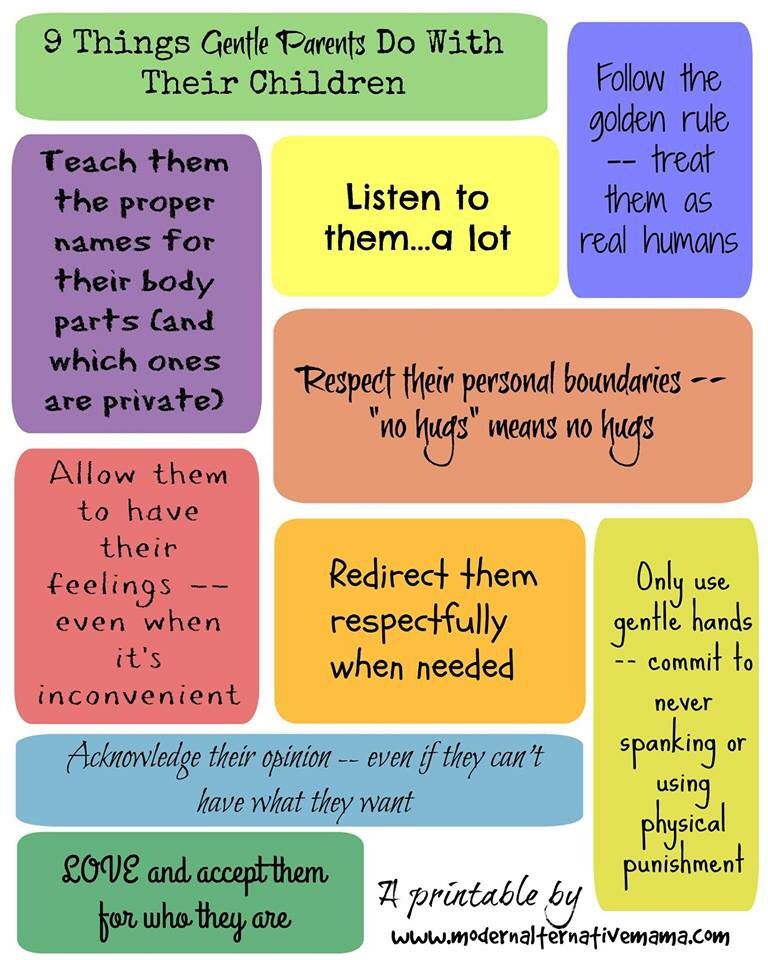
When parents begin to mix these two functions, they can cause the child to reject books. Moreover, learning to read is given to everyone in different ways, and quite often this process is fraught with difficulties.
How and what to read with children of different ages
Infancy: from birth to one year
Lullabies are sung to the child, and when he is awake, they play with him, saying various nursery rhymes and pestles. Such poetry for the little ones harmonizes the world in sounds, rhymes and rhythms. This oral-poetic tradition is very strong, because songs and rhymes for the smallest are passed on from generation to generation in a more or less stable form.
In addition to folklore, there is the author's, so-called maternal poetry. The authors of lullabies, washcloths, wake-up calls, spatulas, stomps and other rhymes also preserve elements of folklore in their work.
Children of this age play with the book itself, taste it and test its strength - you can call it part of the natural process of acquaintance with literature.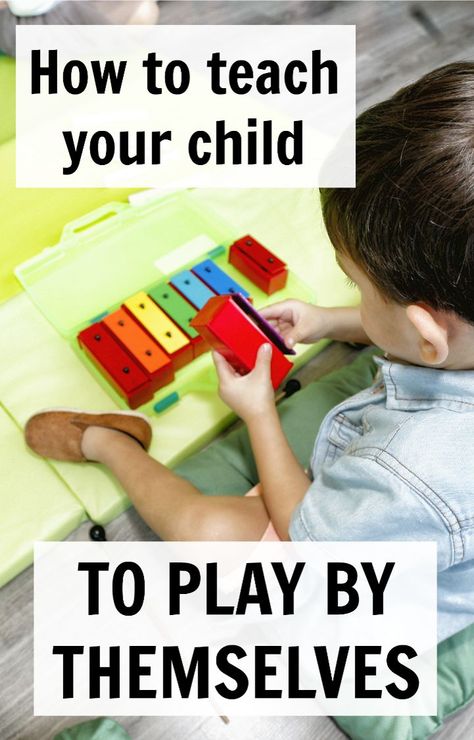 Thus, the child gets used to the book, becomes attached to it as a source of joy. This is the first and very important step in teaching him to read.
Thus, the child gets used to the book, becomes attached to it as a source of joy. This is the first and very important step in teaching him to read.
What to read. Masha Rupasova - poetry; Book House of Anastasia Orlova - series "The Reader is Born"; Marina Boroditskaya - "Mom, here I am!"; Mikhail Lesnov - "Wonderful"; Nina Pikuleva "Mosquitoes"; Kristina Strelnikova - "Hedgehog".
Early childhood: 1–3 years
At this age, the book becomes even more attractive. The child's interest in rhythmic text - poems and songs is growing. Meanwhile, modeling the world under the eyes of a small child is not an easy task, because small children think in images.
Korney Chukovsky in his creative testament to children's writers advises: books aimed at young children should not be overloaded with epithets. He proceeded from the fact that babies are just getting acquainted with the objects of the world around them and do not have a very good idea of their properties.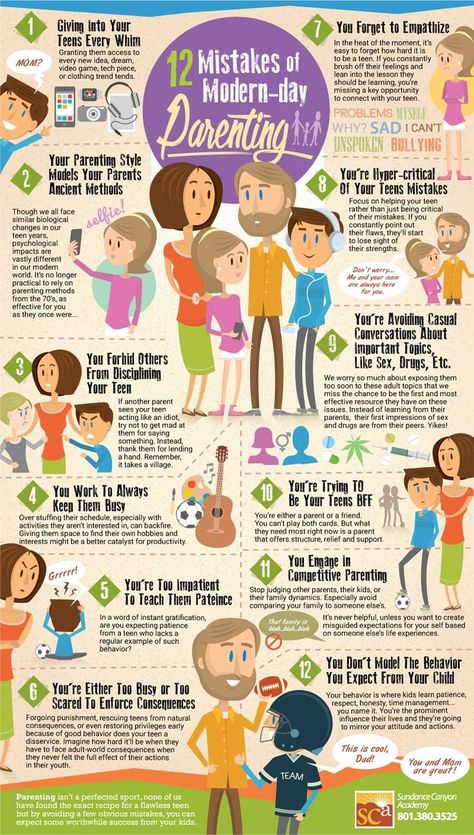
The understanding of adjectives and epithets is based on an experience of observation and comparison that young children do not yet have. “Poems for children should be such,” wrote a children's classic, “so that you can sing, dance, shout, dance, play pranks under them!”
At this age, children also listen with pleasure to short stories and fairy tales, and are also crazy about the so-called Wimmelbuchs - books with a minimum of text and colorful illustrations with great detail. Toddlers like to come up with the text themselves, following the logic set out in the illustrations.
From the point of view of family reading, the meeting of a child and an adult over Wimmelbuch can be very valuable and useful. After all, both - both the parent and the child - at this moment imagine, invent something new. This joint creativity strengthens the emotional bond between the baby and parents.
What to read. Many publishers have entire bedtime reading series aimed at early ages.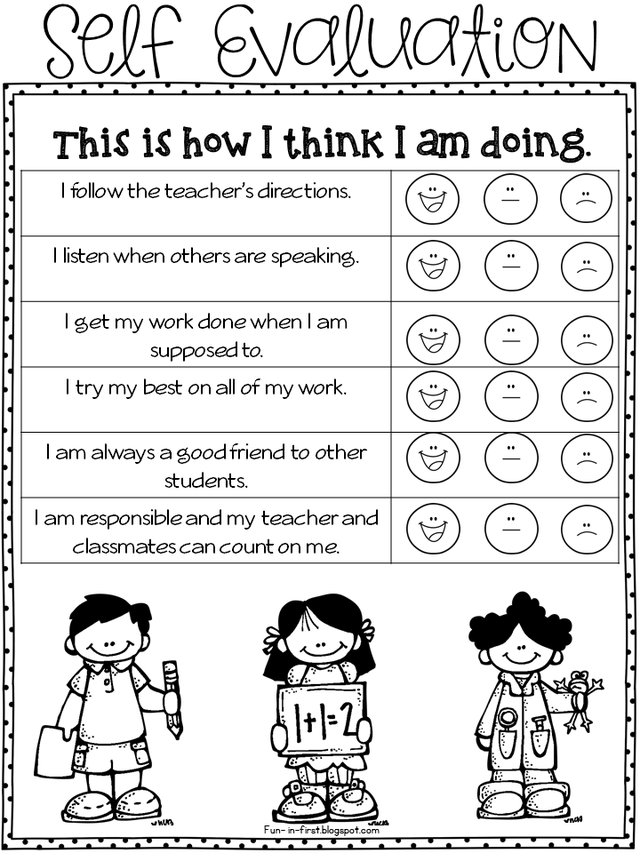 For example, a collection of works by contemporary authors "Sleepy Tales". Also, the “Sleep Book” by Anastasia Orlova or “I Love You Always and Forever” by Jonathan Emmett will set the child up for a good sleep.
For example, a collection of works by contemporary authors "Sleepy Tales". Also, the “Sleep Book” by Anastasia Orlova or “I Love You Always and Forever” by Jonathan Emmett will set the child up for a good sleep.
Preschool: 3-7 years old
At this age, children love books with bright, memorable characters, full of adventure, travel and discovery. Vocabulary grows rapidly in preschoolers, and reading together plays an important role in this process. They are ready to listen to the same favorite story many times. And each time the child plays the plot in his imagination differently, identifies himself with different characters.
In books for children of this age, the text becomes larger, it begins to acquire a meaning for the child that does not depend on illustrations. Of course, drawings continue to play an important role, but are no longer so necessary. The text becomes important on its own.
What to read. Literary fairy tales can become favorite books for children of this age.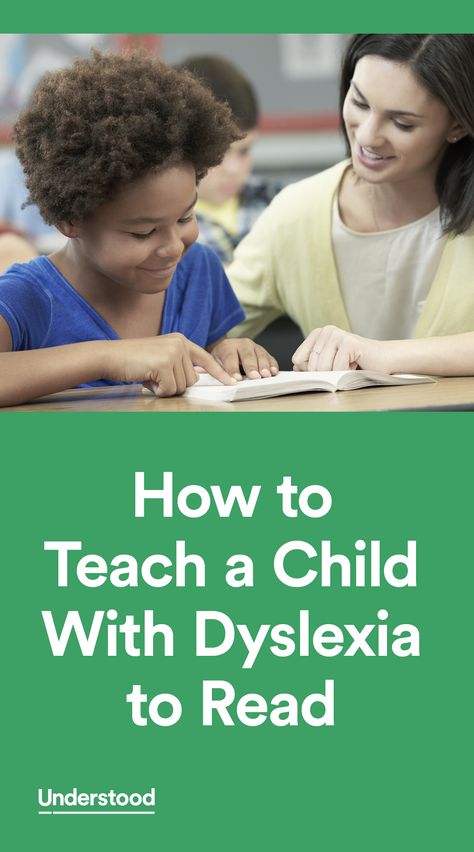 For example, "The Adventures of Butter Lisa" by Viktor Lunin, "The Secret Life of Vegetables" by Alena Vodopyanova, "Chocolate Grandpa" by Narine Abgaryan and Valentin Postnikov, "Podkovkin" by Elena Yaryshevskaya and others.
For example, "The Adventures of Butter Lisa" by Viktor Lunin, "The Secret Life of Vegetables" by Alena Vodopyanova, "Chocolate Grandpa" by Narine Abgaryan and Valentin Postnikov, "Podkovkin" by Elena Yaryshevskaya and others.
It is important to continue reading fiction books
Preschoolers are showing more and more interest in learning. Parents, rejoicing at this, begin to buy books that develop memory, thinking, attention, cognitive children's non-fiction literature. Preschoolers also like books with stickers, tasks, and interactive content. There is also a lot of interesting literature published in this direction.
Since many new opportunities open up for the child, parents gradually begin to "deprive" him of poetry. This may be due, among other things, to the fact that at one time they themselves lost interest in poetry - for example, due to cramming at school.
However, neuropsychologists warn: when a child hears, reads or recites poetry, new neural connections are intensively formed in his brain .

